The Freo Alternative: Big thinking about small housing
- City of Fremantle
- Research in action
- Government, Land
01
Key Milestone
Lorem ipsum dolor sit amet, consectetur adipiscing elit. Ut elit tellus, luctus nec ullamcorper mattis, pulvinar dapibus leo.
02
Key Milestone
Lorem ipsum dolor sit amet, consectetur adipiscing elit. Ut elit tellus, luctus nec ullamcorper mattis, pulvinar dapibus leo.
03
Key Milestone
Lorem ipsum dolor sit amet, consectetur adipiscing elit. Ut elit tellus, luctus nec ullamcorper mattis, pulvinar dapibus leo.
Diverse housing for Fremantle's growth.
The Opportunity
Like many municipalities across Australia, the City of Fremantle faced the challenge and opportunity of changing social demographics, a growing population, and a traditional blend of residential property sizes. The typical mix of homes was either large homes of three bedrooms or more, or smaller one to two-bedroom apartments. The City engaged Creating Communities to uncover a way of delivering the “missing middle” of housing diversity while protecting the heritage, local character, community interaction and environment.
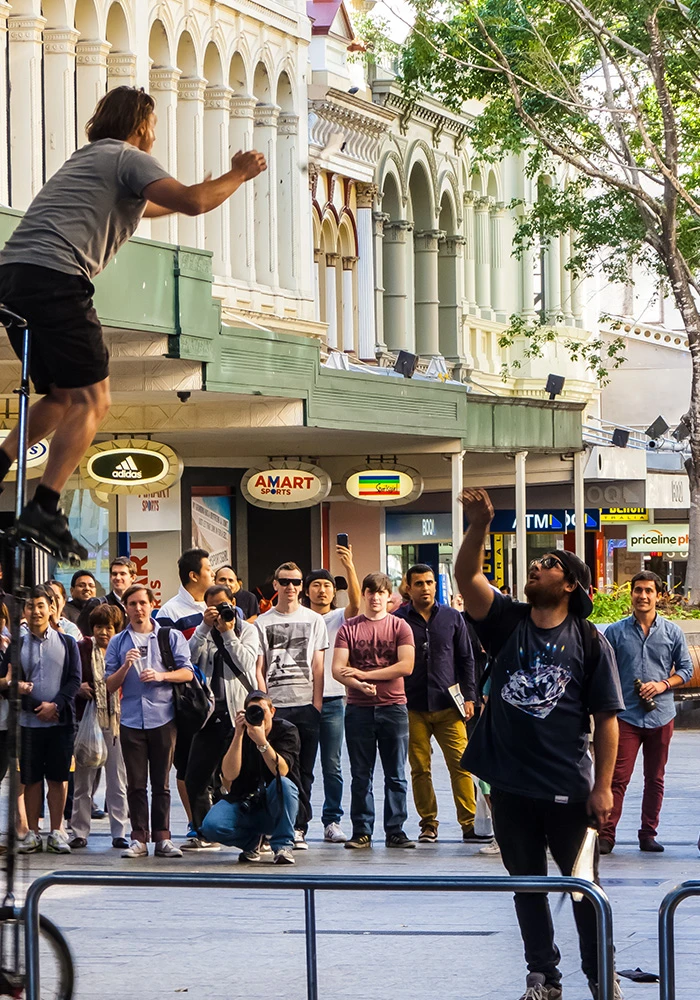
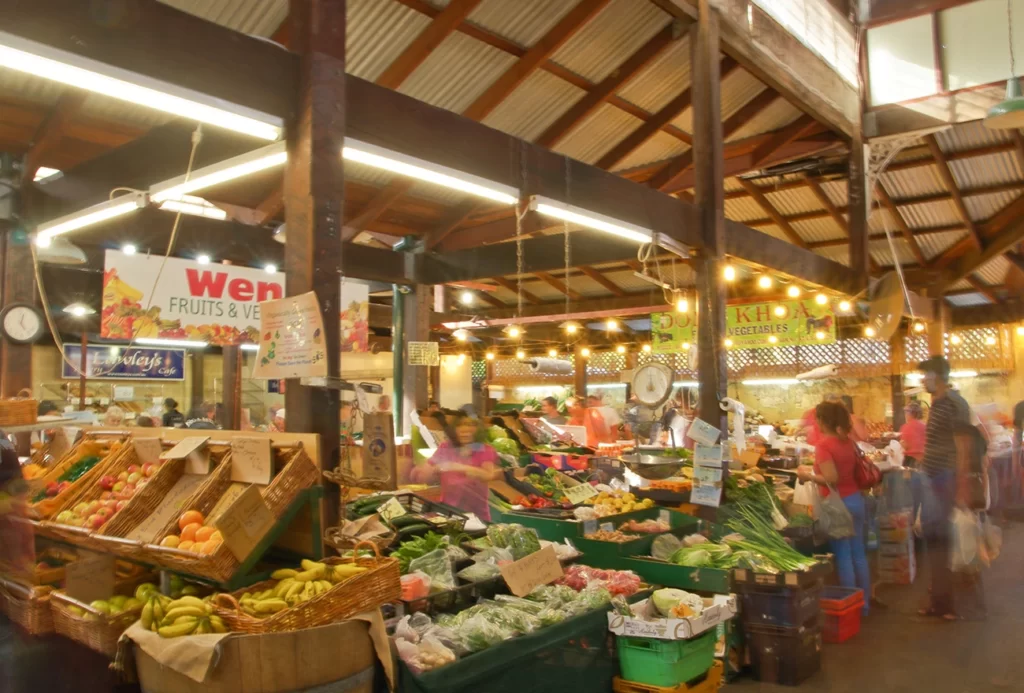
The Freo Alternative: Big thinking about small housing
- Client: City of Fremantle
- Service: Research
- Sector: Government, Land
OUR APPROACH
A social demographic trend has been afoot in Australia for the last few decades. There are fewer and fewer traditional family households (two parents, two or more children) and smaller households with diverse groupings (including single-parent families, young couples, single-person households, down-sizers, share-houses etc.)
The built environment does not reflect this change, however. New dwellings still tend to be large 3+ bedroom houses or small 1-2-bedroom apartments. There is a lack of medium-sized housing on the market, and many local governments are seeking medium-sized housing in forms other than triplex or quadruplex units that remove all the tree canopy on the site.
The City of Fremantle has more small and medium households than most localities in Australia, but new developments in its suburbs are still typically large single houses or apartments. The result is development that reflects the past rather than the present and creates a need for medium-density options.
The City of Fremantle, with a reputation as one of WA’s most innovative local governments, wanted to engage with community members, stakeholders and property developers to understand how the “missing middle” of housing can be provided.
Utilising our 3D Model, which embeds systems thinking, anthropology and change theory into our engagement projects, we were able to co-create through each of the discovery, design and delivery phases.
THE OUTCOMES
Creating Communities worked closely with the City of Fremantle and Australian Urban Design Research Centre (AUDRC) to deliver a comprehensive community engagement process to best inform the development of the strategy.
From our first stage of engagement with the community in late-2016, eight focus themes were derived: location, open space, housing choice, car movement, built form, sustainability, community, and trees and landscaping.
These themes were then expanded in early 2017 and explored during a second round of engagement to discover how they could be realised through planning policies to achieve a diversity of housing in suburbans while protecting the character of the distinct neighbourhoods within the City of Fremantle.
Creating Communities held internal workshops, stakeholder meetings, a Dialogue Café, Focus Groups, an online survey, and an open day.
The sweet product of co-creation is the level of community collaboration and support as they have been actively engaged in feedback and development.
The input, combined with the strategic acumen of key stakeholders, addressed the challenge of finding a way to deliver the “missing middle” of housing diversity and resulted in the City’s Diverse Housing Strategy and subsequent scheme amendments.
The City of Fremantle became the first local government to deliver a gazetted strategy around housing development that was an alternative to the State Government’s R-Codes.
The changes to the City’s planning scheme aim to facilitate a wider choice of housing in Fremantle’s suburban areas while still maintaining what people value about their neighbourhoods.
This Diverse Housing Strategy ensures that new dwellings provide high-quality open space, mandatory minimum affordable and diverse housing provisions, and development incentives such as density bonuses to provide different varied and affordable housing outcomes.
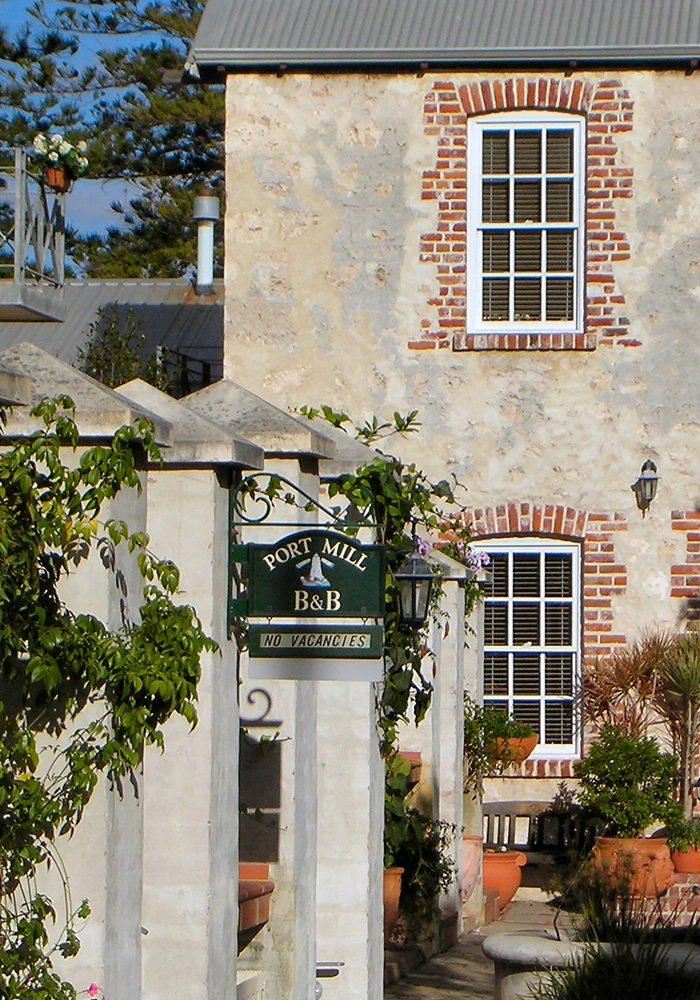
On behalf of the City, and personally, I want to express my deep appreciation for all the support AUDRC and Creating Communities have given us to pull this off. I think we can all be justifiably proud of this achievement, which hopefully will not only deliver some practical benefits in terms of meeting Fremantle’s housing needs but also provide a template for how to have a mature debate with your local community about sustainability, sensible infill development and design quality.
Director Strategic Planning and Projects, City of Fremantle
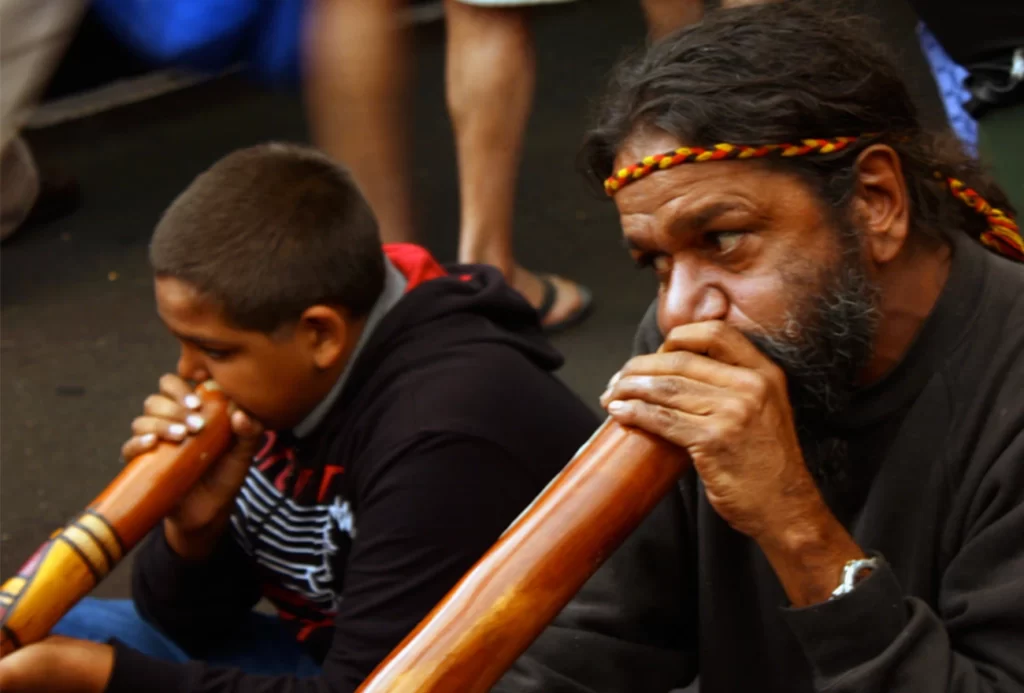
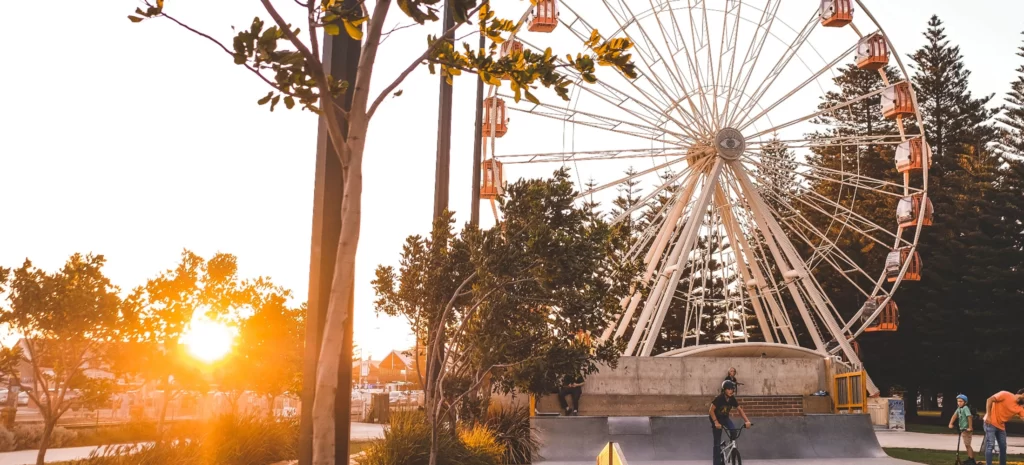
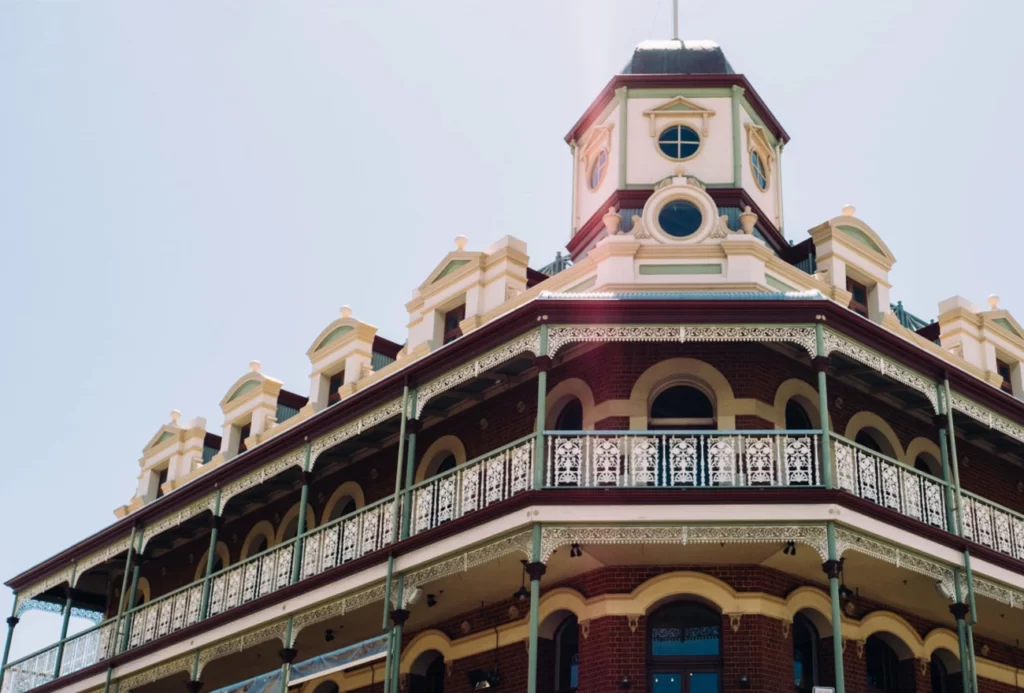
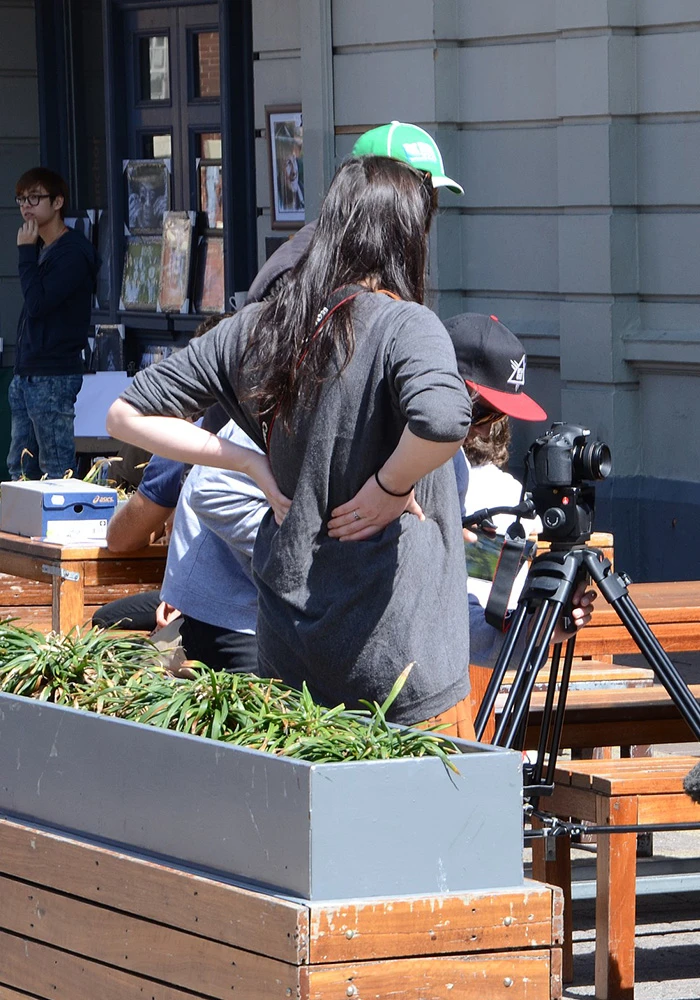
You may also like
- BHP
- Collective Impact IN ACTION
- Peet
- Strategy + Design IN ACTION
- Town of Bassendean
- Strategy + Design IN ACTION